Formation of Greatest and Smallest Numbers
In formation of greatest and smallest numbers we know the procedure of arranging the numbers in ascending and descending order. We have learnt already that the greatest number is formed by arranging the given digits in descending order and the smallest number by arranging them in ascending order. The position of the digit at the extreme left of a number increases its place value. So the greatest digit should be placed at the extreme left side of the number to enhance its value.
If one of the given digit is 0, we never write the digit 0 at the extreme left place, instead we write 0 at the second place from the left to get the smallest number.
Examples on Formation of Greatest and Smallest Numbers:
1. Form the greatest and smallest number using the digits 9, 3, 7, 5.
|
To Form the Greatest Number |
To Form the Smallest Number |
|
Greatest number should have greatest digit in the thousands place that is 9. |
Smallest number should have smallest digit in the thousands place that is 3. |
|
The next greatest digit in the hundreds place that is 7. |
The next smallest digit in the hundreds place that is 5. |
|
The next greatest digit in the tens place that is 5. |
The next smallest digit in the tens place that is 7. |
|
The smallest digit in the ones place that is 3. |
The next smallest digit in the ones place that is 9. |
|
So, the greatest number is 9753 |
So, the smallest number is 3579 |
|
Here, digits are arranged in descending order |
Here, digits are arranged in ascending order. |
2. Form the greatest and the smallest numbers using the digits.
6, 8, 1, 0, 9, 5, 4, 2.
Solution:
We arrange the given digits in descending order to form the greatest number. Hence, the greatest number is 9,86,54,210.
We arrange the given digits in ascending order to form the smallest number. Hence, the smallest number is 1,02,45,689.
Solved examples on Formation of Greatest and Smallest Numbers:
3. Suppose we have to form the greatest number with the digits 6, 5, 2,
9. We know that a four digit number has four places, i.e., thousands,
hundreds, tens and ones or units from left to right as Th, H, T, O. If greatest to lowest digits are placed at these places in descending order, we get the greatest number and if placed in ascending order, we get the smallest number.
Observe the formation of greatest and smallest numbers so formed are:
Th H T O
Greatest number 9 6 5 2
Smallest number 2 5 6 9
To get the greatest number, the greatest digit 9 is placed at the
highest valued place, i.e., thousands-place, next smaller digit 6 at
hundreds-place, still smaller digit 5 at ten's place and the smallest
digit 2 at one's or units place.
Thus, the greatest number is 9652.
To get the smallest number, the smallest digit 2 is placed at
thousands-place, next greater digit 5 at hundred’s place, still greater
digit 6 at ten's place and greatest digit 9 at one's or units place.
Thus, the smallest number is 2569.
4. Suppose we have to form the greatest number with the digits 8, 1,
4, 7. We know that a four digit number has four places, i.e., thousands,
hundreds, tens and ones or units from left to right as Th, H, T, O. If greatest to lowest digits are placed at these places in descending order, we get the greatest number and if placed in ascending order, we get the smallest number.
Observe the formation of greatest and smallest numbers so formed are:
Th H T O
Greatest number 8 7 4 1
Smallest number 1 4 7 8
To get the greatest number, the greatest digit 8 is placed at the
highest valued place, i.e., thousands-place, next smaller digit 7 at
hundreds-place, still smaller digit 4 at ten's place and the smallest
digit 1 at one's or units place.
Thus, the greatest number is 8741.
To get the smallest number, the smallest digit 1 is placed at
thousands-place, next greater digit 4 at hundred’s place, still greater
digit 7 at ten's place and greatest digit 8 at one's or units place.
Thus, the smallest number is 1478.
Forming Greatest and Smallest Numbers
We know that the greatest number is formed by arranging the given digits from the
greatest to the smallest. The smallest number is formed by arranging the given digits from the smallest to the
greatest.
5. Let us take the digits 5, 9, 4, 6, 3 and 2.
Here, 9 > 6 > 5 > 4 > 3 >2
So, the greatest 6-digit number formed using these digits is 9,65,432.
So, the smallest 6-digit number formed using these digits is 2,34,569.
But, if we have one of the given digits as 0, then it is not written at the extreme left.
While writing the smallest number, we write 0 in the second place from the left.
Let us take the digits 7, 6, 0, 2 and 5.
The greatest 5-digit number formed is 76,520.
The smallest 5-digit number formed is 20,567 and not 02,567.
6. The largest and smallest numbers using the digits 4, 0, 3, 9 are
(i) 9304; 3409
(ii) 9430; 3049
(iii) 9034; 3904
(iv) 9403; 3490
Solution:
For the largest number, the largest digit should be placed at the leftmost place. Therefore, the largest number that could be formed using the digits 4, 0, 3, 9 is 9430.
For the smallest number, the smallest digit should be placed at the leftmost place.
Therefore, the smallest number that could be formed using the digits 4. 0.3,9 is 3049. (Remember that zero should not be placed at the leftmost place, hence 0349 should not be formed there so as to get the smallest number using the digits 4,0,3,9)
So, the option (ii) is correct, which is the required answer.
Note: Zero cannot be placed at the leftmost place.
Challenging Questions on Formation of Numbers:
7. I am the smallest 5-digit number with all digits greater than 4 and with all my digits different. Who am I?
Solution:
We know that the smallest 5-digit number is 10000.
According to the problem all the digits should be greater than 4 and with all are different digits.
The smallest number greater than 4 is 5.
So, the first number should be 5.
We know all the five digits should be different.
So, the second number is 6.
Third number is 7.
Fourth number is 8.
Fifth number is 9.
Therefore, the smallest 5-digit number with all digits greater than 4 and different is 5,6,789.
8. Form the greatest and smallest 4-digit numbers using the digits 1, 4, 8, where one of the digits can be repeated twice only.
Solution:
For forming the greatest 4-digit number, let us repeat the greatest digit i.e. 8 twice.
Therefore, the greatest number so formed is 8841.
For forming the smallest 4-digit number, let us repeat the smallest digit Le. 1 twice.
Therefore, the smallest number so formed is 1148.
9. Form the greatest and smallest four-digit numbers using digits 9, 0, 5 where one of the digits is allowed to repeat twice only.
Solution:
For forming the greatest number, we use the greatest digit twice and place them at the leftmost place.
Therefore, the greatest number so formed by using the digits 9, 0, 5 is 9950.
For forming the smallest number, we use the smallest digit twice and place the smallest non-zero digit at leftmost place, then place the remaining digits in the ascending order.
Therefore, the smallest four-digit number so formed by using the digits 9, 0, 5 is 5009.
10. What is the minimum and maximum number of digits in the sum of any two 5-digit numbers?
Solution:
Let's take two minimum 5-digit numbers are 10000 and 10000
Sum of 10000 and 10000 = 10000 + 10000 = 20000, which is a 5-digit number.
Again,
Let's take two maximum 5-digit numbers are 99999 and 99999
Sum of 99999 and 99999 = 99999 + 99999 = 199998, which is a 6-digit number.
Therefore, the minimum and maximum number of digits in the sum of any two 5-digit numbers are 4 and 5 respectively.
In formation of greatest and smallest numbers these are the procedure of arranging the numbers in ascending and descending order.
Related Concept
- Formation of Numbers.
- Finding Out the Numbers
- Names of the Numbers.
- Numbers Showing on Spike Abacus.
- 1 Digit Number on Spike Abacus.
- 2 Digits Number on Spike Abacus.
- 3 Digits Number on Spike Abacus.
- 4 Digits Number on Spike Abacus.
- 5 Digits Number on Spike Abacus.
- Large Number.
- Place Value Chart.
- Place Value.
- Problems Related to Place Value.
- Expanded form of a Number.
- Standard Form.
- Comparison of Numbers.
- Example on Comparison of Numbers.
- Successor and Predecessor of a Whole Number.
- Arranging Numbers.
- Formation of Numbers with the Given Digits.
- Formation of Greatest and Smallest Numbers.
- Examples on the Formation of Greatest and the Smallest Number.
- Rounding off Numbers.
4th Grade Math Activities
From Formation of Greatest and Smallest Numbers to HOME PAGE
Didn't find what you were looking for? Or want to know more information about Math Only Math. Use this Google Search to find what you need.
Recent Articles
-
Addition of Decimals | How to Add Decimals? | Adding Decimals|Addition
Apr 24, 25 01:45 AM
We will discuss here about the addition of decimals. Decimals are added in the same way as we add ordinary numbers. We arrange the digits in columns and then add as required. Let us consider some -
Addition of Like Fractions | Examples | Videos | Worksheet | Fractions
Apr 23, 25 09:23 AM
To add two or more like fractions we simplify add their numerators. The denominator remains same. Thus, to add the fractions with the same denominator, we simply add their numerators and write the com… -
Subtraction | How to Subtract 2-digit, 3-digit, 4-digit Numbers?|Steps
Apr 23, 25 12:41 AM
The answer of a subtraction sum is called DIFFERENCE. How to subtract 2-digit numbers? Steps are shown to subtract 2-digit numbers. -
Subtraction of 4-Digit Numbers | Subtract Numbers with Four Digit
Apr 23, 25 12:38 AM
We will learn about the subtraction of 4-digit numbers (without borrowing and with borrowing). We know when one number is subtracted from another number the result obtained is called the difference. -
Subtraction with Regrouping | 4-Digit, 5-Digit and 6-Digit Subtraction
Apr 23, 25 12:34 AM
We will learn subtraction 4-digit, 5-digit and 6-digit numbers with regrouping. Subtraction of 4-digit numbers can be done in the same way as we do subtraction of smaller numbers. We first arrange the…
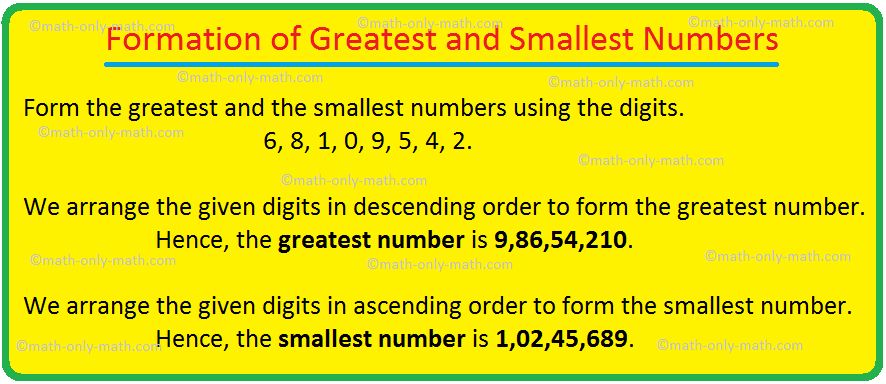
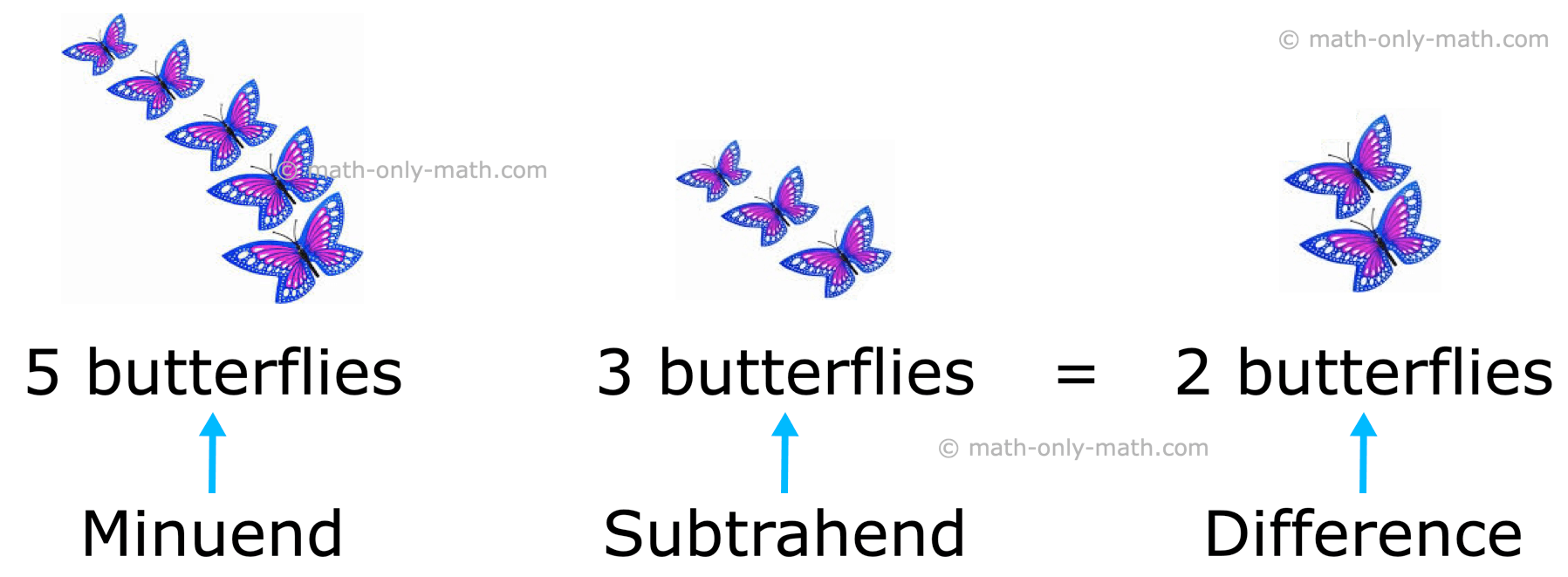
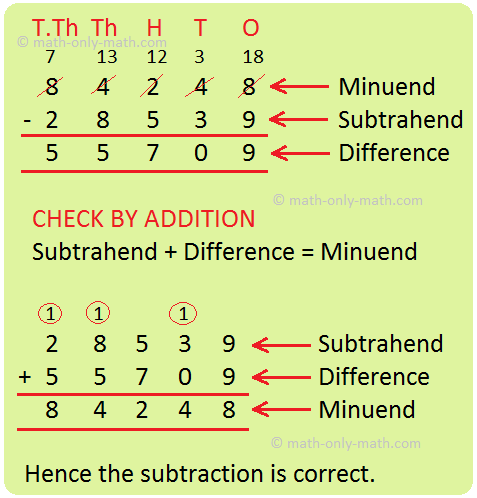
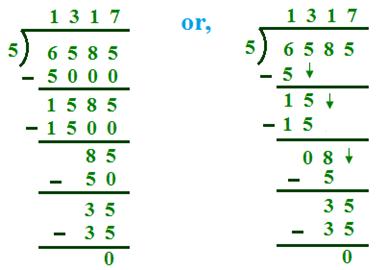



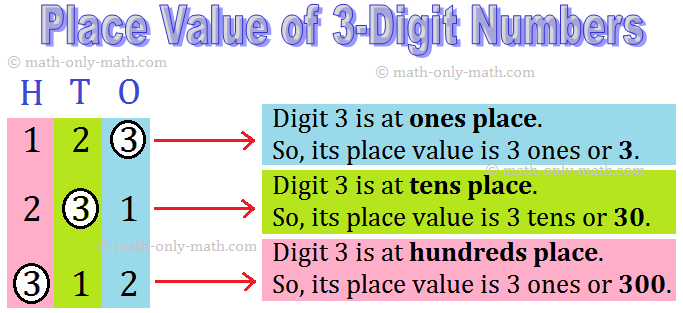






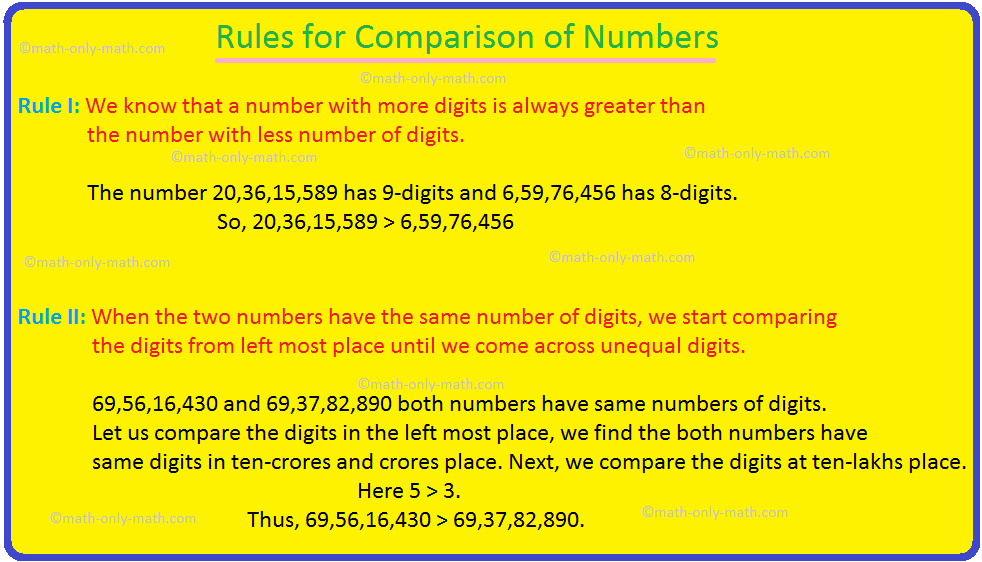


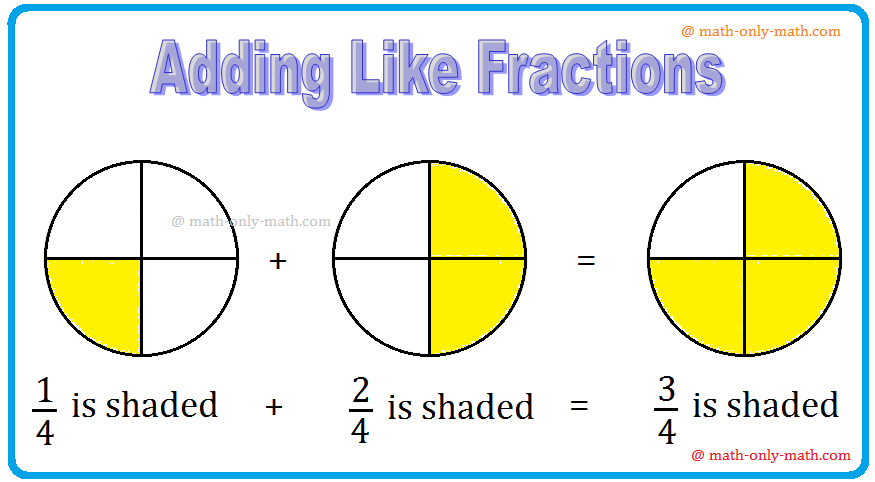
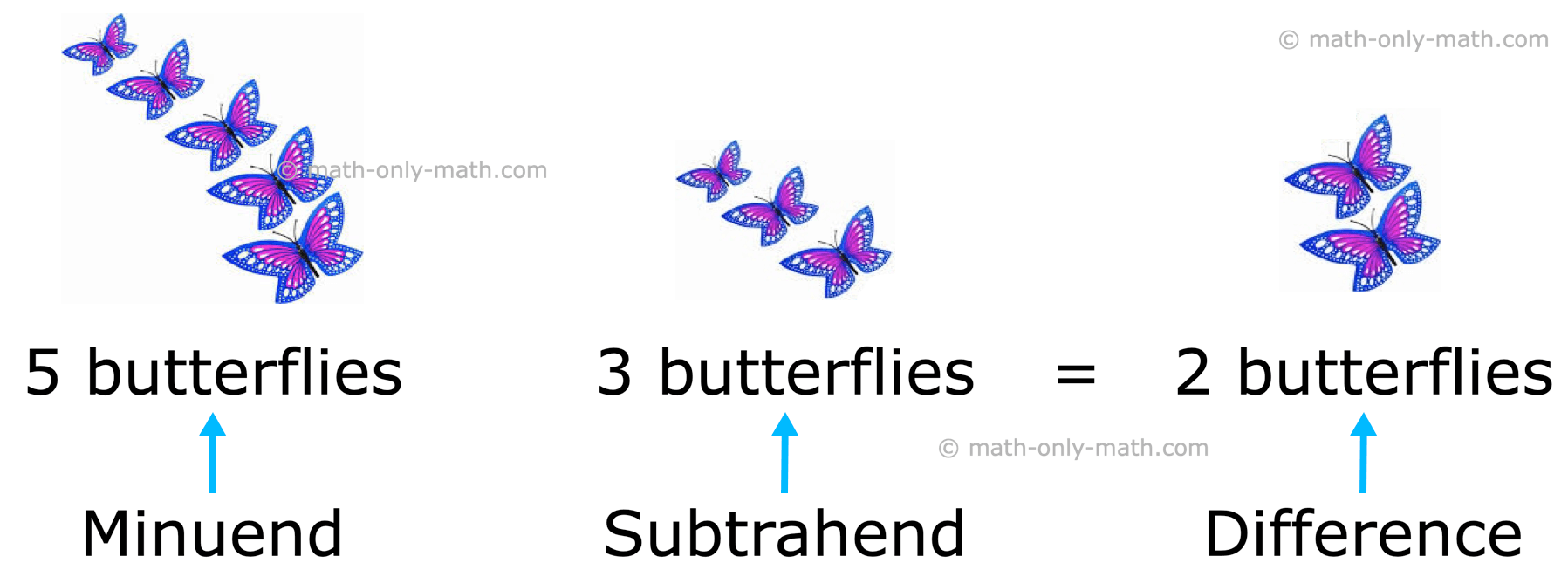
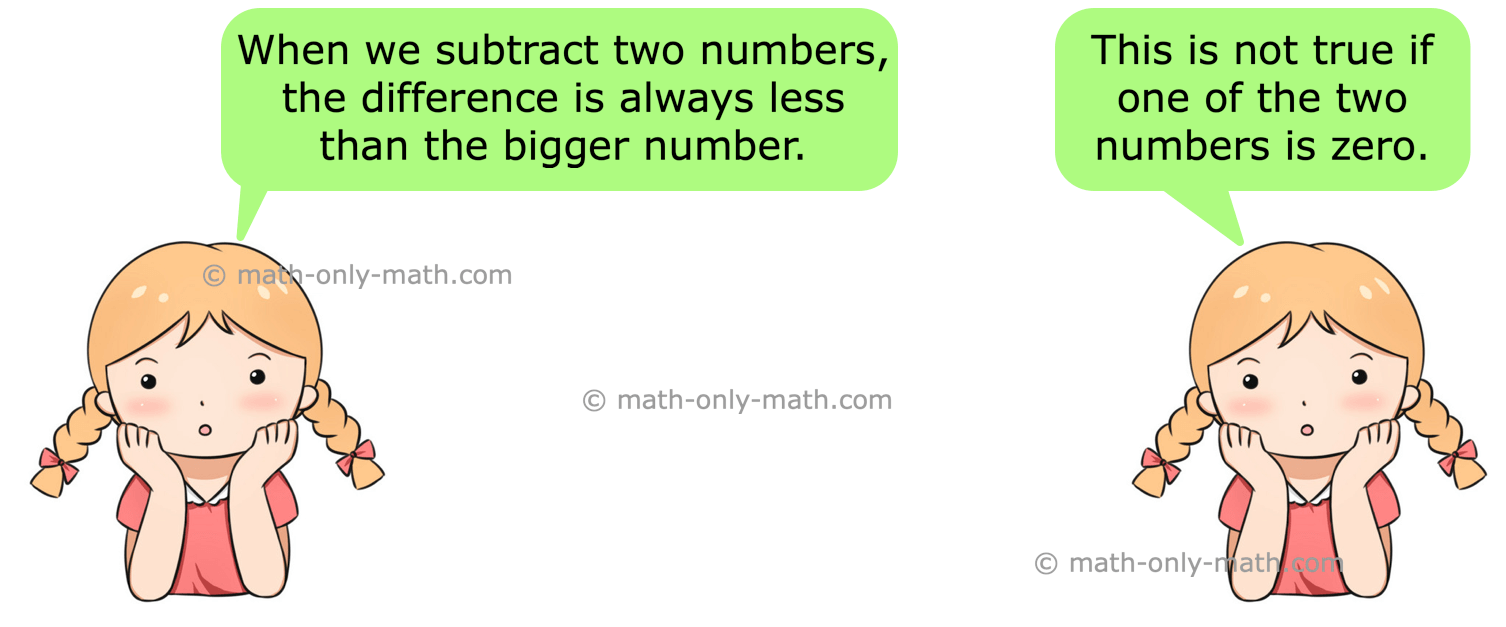

New! Comments
Have your say about what you just read! Leave me a comment in the box below. Ask a Question or Answer a Question.